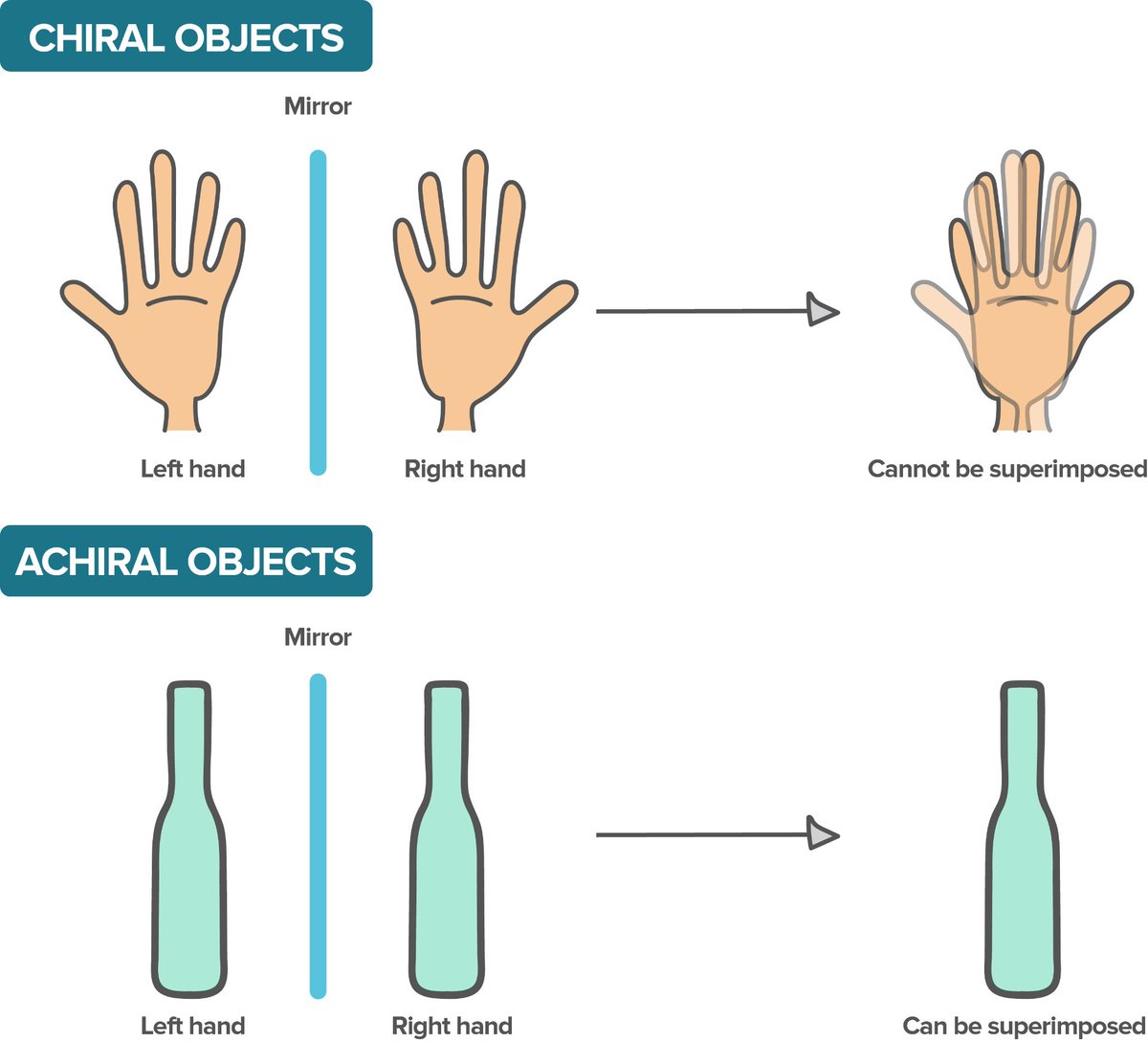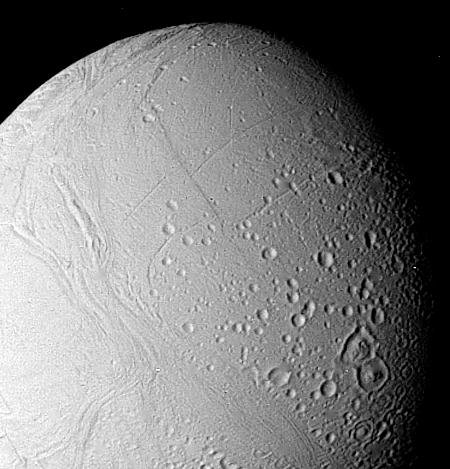
Going to talk about designing a temporary display today!
In Science Museum lingo, there are 2 kinds of displays:
🚀Exhibitions (temporary displays) - these can last up to a year
🚀Galleries (permanent displays)
🚀Exhibitions (temporary displays) - these can last up to a year
🚀Galleries (permanent displays)
Even a temporary display might take several years to prepare for, with overviews and detailed proposals.
Today, an exhibition has to be much more than a bunch of objects thrown into a room - it has to tell a story.
I’m working on a big Mars exhibition that will open a few years from now, and I’m one small part of a big picture. My job is to do research on how people have imaged Mars throughout history.
• • •
Missing some Tweet in this thread? You can try to
force a refresh













